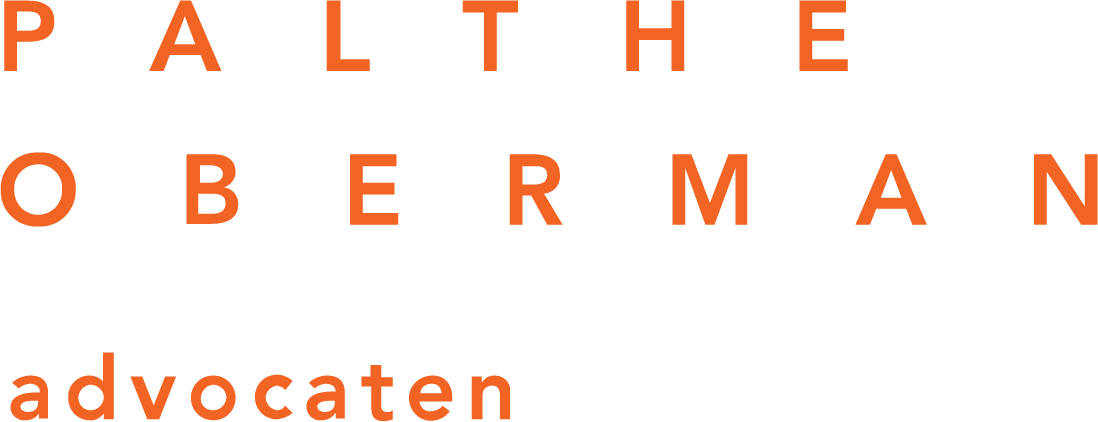Government commissioner Ms Hamer has published a first version of the “Guide to Reporting Sexual Harassment in the Workplace”. This guide serves as an aid for organizations to develop a protocol for sexual harassment in the workplace. This guide provides a number of practical tips for this in four different phases. In this blog, we list the most important tips for each phase.
Phase 0: Be prepared for a report;
This phase focuses on preparing employers for a report of sexual transgressive behavior. Employers have a legal obligation to draw up a RI&E (Risk Inventory and Evaluation) that includes attention to transgressive behavior. In that context, it is suggested as a tip that employers can establish a clear code of conduct and a reporting protocol. It is important that these protocols are known and supported by the employees. The guide therefore suggests organizing team sessions to discuss which behavior is and is not acceptable.
Finally, this phase mentions the possibility of setting up a decision table if there is no official complaint procedure. The purpose of the decision table is to make it clear which people should decide on how to handle reports. Here, it is recommended that both internal people and external experts participate in this decision table.
Phase 1: Make a decision on what to do with the report;
In this phase, the focus is on choosing the right follow-up steps to a report of sexual harassment. It is clear that doing nothing is not an option. A report can be made either by an employee or by a client or another person involved ( for example, a volunteer).
If an organization receives a report, the organization should try to identify the report as best it can. As an employer, it is important not to make any hasty decisions and to identify as much information as possible about the report, the situation, the context and the interests. In doing so, however, employers should bear in mind the fine line between having to act without delay for a legally valid dismissal with immediate effect.
It is essential that employers have an initial conversation with the reporter. Here, the reporter’s wishes and needs should be the main focus. While employers will want to protect the reporter’s privacy as much as possible, this is not always possible. A situation may be so potentially severe (for example, if the safety of other employees is at stake) that an employer must take immediate action. After talking to the reporter, employers should make a situation outline, which may take into account the laws, rules or norms that have been violated. The context of the report and the interests at stake should also be outlined.
The next step is to inform the accused. The guide states that “temporary measures may be taken”. However, employers should keep in mind here that ultimately an employment sanction can only be taken if it has been established that the accused is guilty of sexually harassment, or when it is necessary as part of the investigation.
Finally, employers should consider options for follow-up. The following interventions may be considered: a) an informal conversation with the accused, b) a corrective conversation between supervisor and accused, c) a group discussion, d) conciliation under the guidance of a conciliator and e) mediation. In addition and/or thereby, employers may also opt for a report investigation, a culture investigation or a structure investigation. It is important that employers communicate the chosen option with the person(s) involved. Indeed, communication with all those involved, including the accused, and careful handling are essential in any form of follow-up.
Phase 2: carefully implement the chosen follow-up;
When following up, it is essential to keep clear in mind what the intended goal is. This requires clear communication with all stakeholders and attention to the environment. Even if external experts are involved in the succession, the organization remains responsible for creating the right framework conditions, making and keeping clear agreements and ensuring the well-being of all employees. No matter what decision is made, the aim of this phase is to reach an appropriate outcome that does justice to the facts and those involved and prevents any repetitions. It is also important that the process is transparent, fair and careful, with clear communication and adequate guidance for both the reporter and the accused during the process.
Phase 3: Learning from the reporting process.
This phase focuses on evaluating the process, taking care of those involved and preventing a repetition. The employer should ensure that everyone can move on by keeping tabs on the situation. The employer should pay a lot of attention to the after-care process and the guidance afterwards for all those involved in the organization.
Practical tips
While the guide is a “prototype”, it will be tested by 22 participating organizations. These practical experiences will be used to further sharpen the guide and a final version will be published later this year. For now, the guide also provides useful information for employers on how to deal with sexually harassment on the workplace. It contains many practical tips and the message is clear: be well prepared (have clear protocols), act carefully, pay attention to the evaluation afterwards and be clear in communication at all times.
If you have any questions about the guide, please contact one of our lawyers. Furthermore, we would like to bring to your attention that we also have a lot of experience in providing training in this area.

